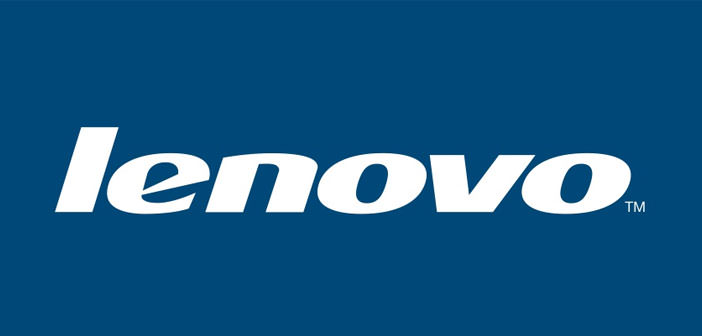Storage for SMEs relies increasingly in SAN solutions, a rapidly growing market. Lenovo presents two new solutions for this market, Lenovo S2200 and Lenovo S3200, bringing with him some interesting features.
The world of storage has never been so divided, many only possible solutions as needed. The vagueness of the term storage, indicating storage devices, can be declined in infinite ways, ranging from simple to complex memory card rack systems from thousands of hard drives.
Add to this the great variability of performance and capacity for existing hard drives and SSD, it is understood that the large number of possible solutions brings with it a great opportunity to find the right solution for their needs, whether they be personal or business.
In the latter context, Lenovo ranks two new SAN (Storage Area Network), proudly presented as the result of work within the company and listed the names of S2200 and S3200. Designed for small and medium business, but with characteristics very interesting and usually aimed at areas of higher rank. We are looking at solutions in 2 rack units, in which it is possible of the coexistence of both mechanical and SSD disks, although the highlight is in their management.
The two products, whose dimensions are those of two rack units, accommodating 24 drives 2.5-inch or 12 drives 3.5-inch; in the inner bay designed for 3.5-inch drives can obviously find a place even SSD or HDD 2.5-inch adapter.
The Lenovo S2200 model can be joined by three other identical models in order to expand the total capacity of the SAN system, while for model S3200 climb to a maximum of 8 units, bringing the number of drives up to as many as 192 (16 occupation units Total rack).
Both models are provided for connection interfaces SAS 6/12 Gb and 1/10 Gb iSCSI and Fibre Channel course, that in the case of model S2200 is the type 8 Gb, while S3200: 8 or 16 Gb. With Lenovo S3200 are also possible hybrid connections.
The strength, according to Lenovo, is to provide you with a good supply of these products without having to buy licenses as an option, what happens with competing products. An example comes from ‘Intelligent Real Time Tiering: the application deployments are largely virtual and the machine that decides where to put the data physically.
If the server disks are low-cost, high-capacity and others that link the whole performance, a mechanism of automatic distribution of data means that every 5 seconds the data will be redistributed where they serve as needed.
The user defines the spaces, then the server every 5 seconds goes to move data to where it sees fit. The data will be moved with greater access to discs more performing, just to clarify the operation.
The license is free of charge in case of mechanical discs exclusively, while optionally available is that which involves the use of conventional solid-state drives.



